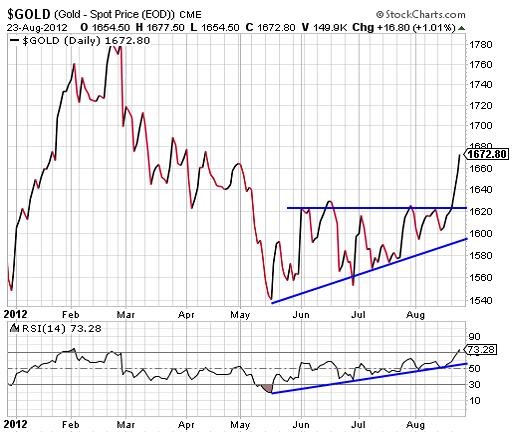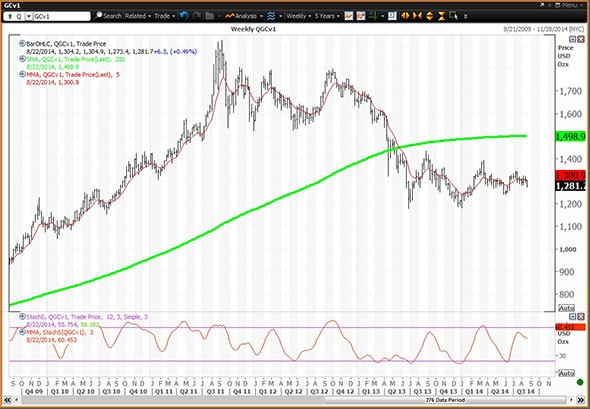How To Trade The Gold
Post on: 23 Июль, 2015 No Comment

Market Wrap: Gold Hits 3-Month Low Amid Dollar Surge; Platinum At 5-Year Low; NatGas Outperforms
Written by Brad Zigler | September 02, 2010
How To Trade The Gold/Silver Spread
Details
Page 1 of 3
How can you play the gold/silver ratio through spreads? Also, is the ratio headed for a breakout move?
In my refrigerator, a jar of something called sandwich spread has been lurking for weeks. I honestly don’t know how it got there, but I suspect one of my Canadian friends who’s been invited over for our backyard barbecues may have brought his favorite along and then forgot to export it from our premises.
I would have preferred him leaving some of his Molson behind.
You see, that’s the thing about this condiment, which is a combo of mayonnaise and pickled vegetables. You either love it or hate it. I know of no one who’s ambivalent about it.
So it goes with another type of spread: that which pits one futures contract against another. Spreads can precisely provide the nuanced approach desired by some traders, while boring the hell out of others.
A lot of misconceptions abound about spreads, largely because they’re unique to futures. There are no direct analogs in securities (we’re talking stocks vs. futures here, not options).
Earlier this week, a Desktop column examined the gold/silver ratio (Every Silver Lining Has A Cloud ) and promised a follow-up on the probabilities of a breakout move by the ratio. Breakouts in the gold/silver ratio are a favorite of spread traders, so why not look at the trade through their eyes?
What Makes A Trade A Spread?
A spread consists of two or more related futures positions. Note the word related here. In order for a spread to be recognized for margin purposes—more on that in a moment—there has to be an economic connection between its constituents. Plainly, gold and silver are fellow-traveling precious metals, but formal recognition of the spread by the exchange clearinghouse is required to derive the spread’s benefits.
What benefits? Well, in most cases, reduced margin requirements.
Let’s look at how this facilitates a gold/silver ratio trade.

COMEX gold is traded in 100-ounce contracts, which require a minimum performance bond (or margin deposit) of $5,739 each. COMEX silver’s $6,750 margin requirement is based upon a 5,000-ounce contract.
If you think the gold/silver ratio will move in the white metal’s favor, then you might be inclined to buy silver. By purchasing silver outright, however, you’re only going to make money if prices advance above your buy point. In contrast, selling gold against a silver purchase wagers on an improvement in silver’s buying power, whether it derives from a rise in silver’s price or a decline in gold’s. A spread, therefore, gives you greater flexibility.
You won’t be required to meet the outright margin requirements for each of the spread’s legs, but you do have to meet the clearinghouse spread rules. Spread treatment for a gold/silver trade is based upon a 2-to-3 ratio. For every two gold contracts bought or sold, you must take an opposite position in three silver contracts.
Thus, the spread bet would be made by purchasing three silver futures while selling short two gold contracts. The clearinghouse grants a 50-percent margin credit for the spread, which would bring the minimum margin deposit to $15,864 for all five contracts:
[($6,750 x 3) + ($5,739 x 2)] x .50 = $15,864
Trading The Spread
Suppose we use the December contracts for our ratio trade. As of Sept. 1, gold futures settled at $1,248.10/oz and silver at $19.38/oz, yielding a ratio of 64.4-to-1. Banking upon an increase in silver’s purchasing power means you’re looking for the ratio to decline (in other words, the number of silver ounces bought by one gold ounce diminishes).
Suppose we set up our trade and watch as the gold/silver multiple declines to 60x. The ratio could decline as metal prices advance:














